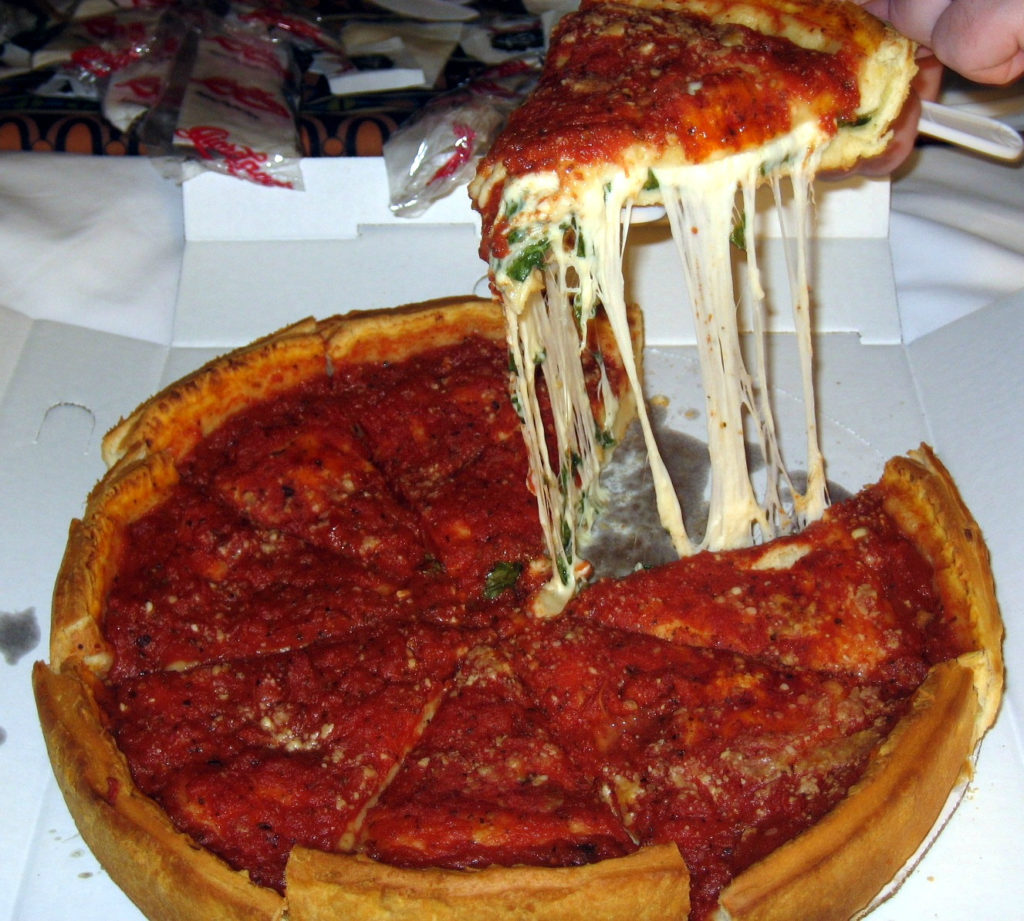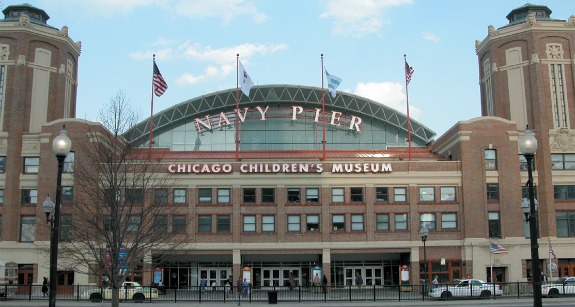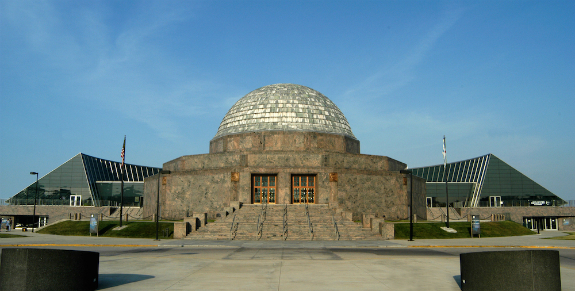Pizza. Arguably America’s favorite food. There is a really funny quote about pizza that says when pizza is good, it’s great – but when its bad it’s still pretty darn good. In a 2015 survey by gluten-free crust purveyor Smart Flour Foods and the Center for Generational Kinetics, more than 6 million adults said they would give up sex for a year before they’d stop eating pizza. Hahah – wow.
Pizza History
Pizza gained popularity in the late 1940s after US troops stationed in Italy brought the concept back to the States. Over the last 70+ years pizza has taken on many different looks and feels courtesy of different regions of the USA creating their version of the pizza. Today the pizza industry in the United States is an estimated $37B – yes, that is a B, as in Billions.
Regardless of where you are eating your pizza there are some general differences between American pizza and traditional Italian pizza. The most notable difference is the ingredients use to make the dough. In the US we use fat in our dough – typically a vegetable oil or shortening (in some cases olive oil). The amount of oil or shortening will vary depending on the style of pizza. For instance a New York Style pizza will use a very little amount of oil while a thick-crust Chicago Deep Dish pizza will use quite a bit. Another difference is the actual flour that we use here. Often times the dough will have a high gluten level – think of a dough that would be used to make a bagel. The high gluten percentage allows the pizza dough to be stretched to the max creating an uber thin crust.
Chicago Style Pizza

Giordano’s
Believe it or not Chicago has 3 distinct styles of pizza. Chicago Deep Dish is by far the most popular. You’ve probably had the other two and may not have known you were even eating a Chicago-style pizza. The other two styles are Chicago Stuffed and Chicago Thin Crust.
Chicago Deep Dish has a bit of a controversial beginning in that no one really knows for certain who or where the pizza came from – for certain. The most common theory is that Pizzeria Uno in 1943 invented the pizza. Whether or not that is in fact the truth is not important – the stuff is good regardless.
Kind of exactly how the name sounds the biggest difference with the Chicago Deep Dish pizza is the depth of the crust. The pizza is baked in a high-wall steel pan, similar to how you would bake a cake. The crust itself isn’t very thick but there is a “wall” of crust along the outer edge. The pan is almost always lined with an oil that gives the bottom and side crusts a “fried” effect making it crispy. It’s common to order your pizza “well done” or “extra crispy” when getting deep dish.
The layering of the remaining ingredients is a bit unique as well. Often times the first layer to be put onto of the bottom crust is the cheese – most common is mozzarella. The next set of ingredients are the toppings that you have ordered and finally the sauce is poured over as the last layer.
For those ordering to-go or delivery you might end up with an uncut pie. Don’t worry though, this was intentional. The pizza is specifically left uncut to prevent the juices from seeping into the crust and creating a soggy pizza. You don’t want that.
Chicago Stuffed Pizza is the deep dish pizza’s stunt double. It’s very easy to mistake the stuffed pizza for the deep dish pizza.
These pizzas were invented in the 1970’s by a couple of pizza chains that began tweaking their recipes and styles of the deep dish pizza. Inspired by a traditional Italian Easter pie the pizza chefs created the Chicago Stuffed pizza.
The easiest way to think about the difference is this:
- The ingredient layer is more dense than traditional deep dish pizza
- On top of the tomato sauce (which is the last layer of deep dish pizza) is another layer of dough that is pressed (or connected to) the side crust. Creating a sort of pie. And just like pies the cooks will poke holes in the top layer of dough to allow the pizza to steam and prevent an unfortunately explosion in the kitchen!
You would think that would be really easy to identify, right? The stuffed pizza has a top layer of dough, the deep dish pizza has a top layer of sauce. Not so fast. More times than not pizza sauce is ladled over the top layer of crust and making it nearly impossible for the amateur to tell the difference.
Chicago Thin Crust doesn’t get the attention of the deep dish or stuffed pizza, but please – do not overlook this version. As the name implies the crust on this pizza is quite thin but is strong. And by strong we mean that it can hold quite the amount of topping without “bending” and there is a crunch when you bite into the pizza. This is much different than the popular New York style pizza which has flimsy dough and it curled in your hand and eaten like a taco. The cut of the pizza – in squares – is a also a giveaway you’re eating Chicago Thin Crust and not a version of New York which is served in large triangles.
Where to eat Chicago Pizza?
This is the hardest part, trying to help someone figure out where to eat their pizza. Fortunately you really can’t go wrong no matter where you go. If you can eat at all the places then by all means do so!
Lou Malnati’s (deep dish)
Pequod’s Pizzeria (deep dish)
Gino’s East (deep dish)
Pizzeria Uno (deep dish)
Giordano’s (stuffed)
Rosati’s (thin crust)
Pizano’s Pizza (thin crust)
The Art of Pizza (deep dish)
What places did we miss that should be included on this list?




